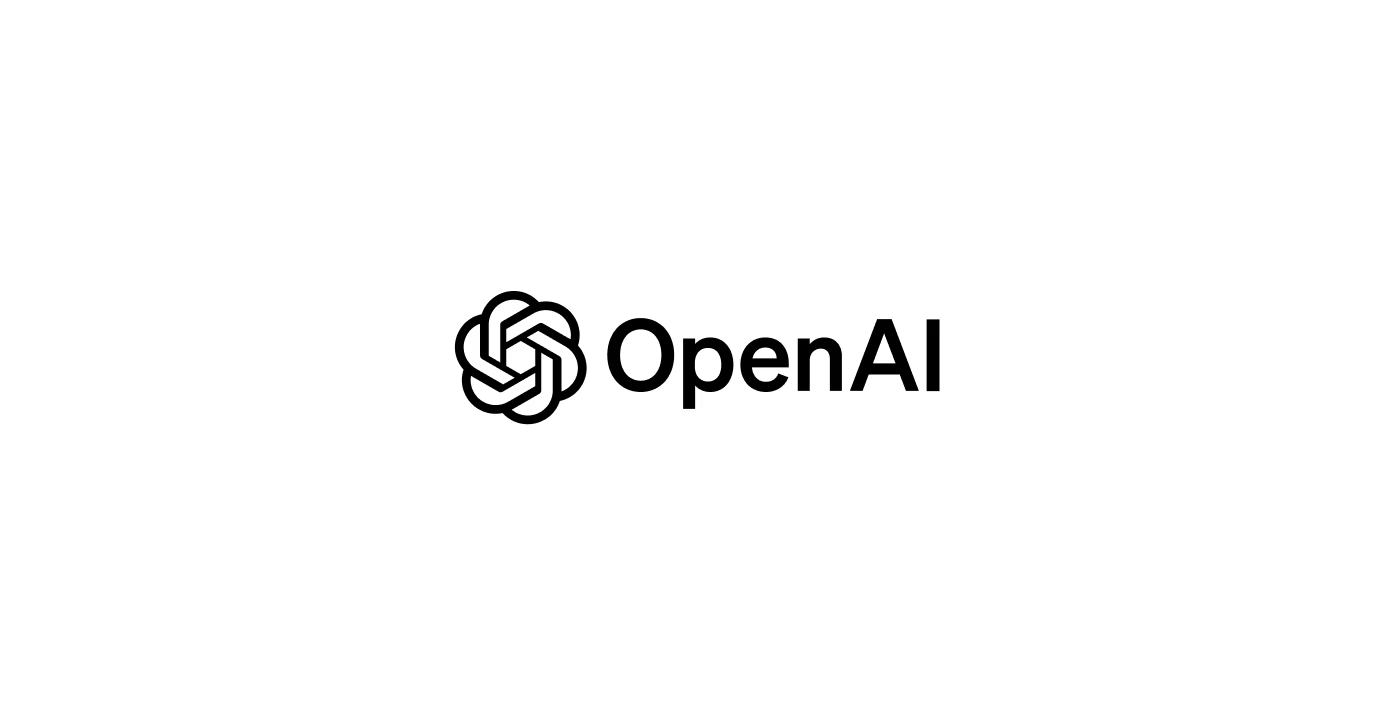AI and Its Role in the Advertising Landscape

Introduction
The advertising world is in a state of constant evolution, and at the forefront of this transformation is artificial intelligence (AI). AI is no longer a futuristic concept; it's a present-day reality that's reshaping how agencies operate and deliver results. For agencies like Sepia Advertising, understanding and leveraging AI is crucial to staying competitive and providing cutting-edge solutions for clients. This article delves into the dynamic role of AI in advertising, its innovative applications, and its potential to redefine the industry.
The Current Landscape of AI in Advertising
AI has moved from being a supplementary tool to a core component of advertising and marketing agencies. This shift is largely due to AI's ability to analyze large datasets, automate repetitive tasks, and optimize ad spending—all beyond human capabilities. In fact, we're seeing the rise of "AI marketing agencies," which signals a fundamental change in the industry. Sepia Advertising recognizes the importance of this evolution and is committed to integrating AI to enhance our service offerings
AI's influence spans across the creative and executional phases of marketing campaigns:
- Content Creation: AI aids in generating novel ideas and refining content for maximum impact.
- Visuals: AI contributes to creating compelling visuals.
This goes beyond simple automation; AI is now a key player in augmenting the entire marketing process, leading to more innovative and successful outcomes for clients.
How AI is Used in Marketing
-
Personalized Content Generation
AI, particularly Natural Language Processing (NLP), is instrumental in creating personalized content for various audience segments. This enables agencies to craft content that truly resonates with target demographics, driving better results for clients. For example, tools like HubSpot's Content Assistant use AI to generate customized marketing emails, social media posts, and blog ideas. This allows agencies, including Sepia Advertising, to offer tailored content to clients efficiently, focusing on strategy and creativity while AI handles content personalization.
-
Enhanced Campaign Management
AI's ability to track and analyze user behavior across digital platforms allows for highly personalized and effective marketing campaigns. This leads to better targeting and a higher return on investment for clients. Platforms like Google Ads and Smartly.io use AI to optimize campaign performance in real-time, automate creative production, and streamline campaign management across various channels. These AI-driven tools enable agencies to deliver superior results for clients through features like automated A/B testing and real-time performance analysis.
-
AI-Driven Creative Content
AI is significantly impacting the creative process in marketing and advertising. Tools like Jasper AI for copywriting and Lexica Art for generating blog thumbnails are streamlining content production. For social media, AI tools like Cloud Campaign help write compelling headlines and auto-generate content. Platforms such as AdCreative.ai generate high-performing ad creatives, including banners and videos, with potentially higher conversion rates. While human oversight remains crucial, AI tools handle initial drafting and generation, freeing up creative teams to focus on strategy and conceptual work.
-
Enhanced Customer Experience
AI-powered tools are enhancing customer experience through personalized, real-time support. Chatbots and virtual assistants, like Sephora's and Starbucks', offer personalized shopping assistance and order placement, showcasing AI's potential in direct customer interaction. Agencies can implement these technologies to improve customer satisfaction and free up human agents to handle more complex issues. AI also automates lead generation and customer interaction processes, improving efficiency and conversion rates.
AI Across Industries
AI's versatility makes it applicable across various industries:
- FMCG: AI personalizes marketing efforts by analyzing consumer behavior and preferences, leading to targeted advertising and improved sales.
- Real Estate: AI enhances property marketing through virtual tours and personalized recommendations, improving customer engagement and streamlining the buying process.
- Fashion: AI drives personalized shopping experiences, predicts trends, and optimizes inventory management, providing a competitive edge in the fast-paced fashion industry.
The Future of AI in Advertising
The future of AI in advertising is exciting, with predictions pointing towards increased AI automation, hyper-personalization, and AI-driven decision-making. By 2025, AI chatbots may handle 85% of customer interactions. AI will also drive audience building and content creation, allowing agencies to focus on strategy and creativity. This evolution will shift the focus from basic automation to true personalization and predictive marketing.
New AI-Powered Services
Agencies can leverage AI to offer innovative services:
- AI-Powered Predictive Customer Behavior Analysis: Predict future customer actions to proactively adjust campaigns and deliver personalized offers.
- AI-Driven AR/VR Advertising Experiences: Create immersive and interactive ads that blend the physical and digital worlds.
- AI-Powered Sentiment Analysis and Brand Reputation Management: Monitor brand mentions, analyze sentiment, and automate responses to maintain a positive brand image.
- AI-Enhanced Influencer Marketing: Identify relevant and authentic influencers based on audience demographics and engagement metrics.
- AI-Driven Content Modularization and Dynamic Assembly: Create personalized content experiences by assembling content modules based on user preferences.
Conclusion
AI is revolutionizing the advertising landscape, offering unprecedented opportunities for agencies to enhance their services and drive client success. For Sepia Advertising, embracing AI means delivering more effective, efficient, and innovative solutions.
